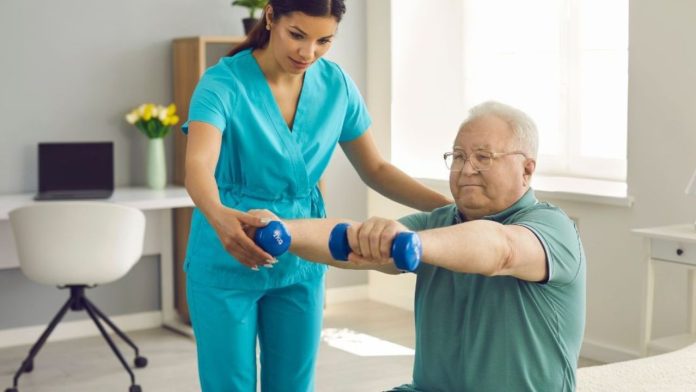Every year on October 29, people around the world observe World Stroke Day to raise awareness of stroke symptoms and preventative measures. A stroke can cause numbness, disorientation, trouble speaking, lightheadedness, and excruciating headaches. Stroke is a medical emergency that requires immediate attention to minimize damage and increase recovery prospects. Long-term effects of a stroke can include muscle weakness, paralysis, stiffness, or abnormalities in feeling, usually affecting just one side of the body. Because of an aging population and lifestyle factors, stroke ranks fifth in disability and fourth in fatality in India, making it a serious health concern.
The chance of having a second stroke increases fifteen times in the first three months following one. It’s critical to be on the lookout for symptoms such as face drooping, arm weakness, slurred speech, vertigo, abrupt dizziness, changes in vision, or excruciating headaches in order to take immediate action in the event of a recurrence.
5 tips to enhance quality of life following a stroke:
1. Take up a healthy lifestyle
To reduce the risk of high blood pressure, diabetes, and high cholesterol, eat a diet high in fruits, vegetables, whole grains, lean protein, and healthy fats while reducing your intake of salt, sugar, and saturated fat. Exercise on a regular basis as advised by your physician to enhance cardiovascular health and aid in recuperation. Use mindfulness or relaxation strategies to reduce stress. Furthermore, getting enough sleep is essential for recuperation since it promotes the body’s natural healing processes.
2. Control of medications
Medication is frequently needed by stroke survivors to treat underlying medical issues and lower their chance of having another stroke. These could include cholesterol-lowering medications, antihypertensives to regulate high blood pressure, blood thinners to avoid blood clots, and more. It’s crucial to follow up with medical professionals on a regular basis to assess how well prescriptions are working and make any required modifications.
3. Adhere to a treatment plan
Rehabilitation is essential to stroke recovery since it provides a customized program that aids in the regaining of strength, mobility, and independence in survivors. Rehabilitation is a process that usually includes speech, occupational, and physical therapy. Its goal is to retrain the body and mind to do daily tasks and communicate effectively. Stroke survivors, their families, and medical professionals must work closely together to develop a customized rehabilitation plan that meets their unique requirements and objectives.
4. Establish a support system
After a stroke, the healing process can be difficult, therefore having a solid support network is crucial. Support networks such as friends, family, and support groups can offer daily activities, encouragement, and emotional support. Additionally, support groups provide a forum for exchanging experiences, gaining knowledge from others, and getting direction on overcoming the obstacles associated with stroke recuperation. Making connections with people who have gone through comparable experiences can be energizing and give a feeling of belonging.
5. Remain positive and patient
After a stroke, recovery frequently involves disappointments and setbacks. It’s crucial to keep a good outlook and practice patience. Even while recuperation may take time, it’s important to not let that deter you from making progress. It’s essential to maintain knowledge concerning stroke and the recuperation process in addition to having an optimistic outlook. It can help to reduce the journey’s scary nature to know what to anticipate and how to adjust to new problems.

 हिंदी
हिंदी






